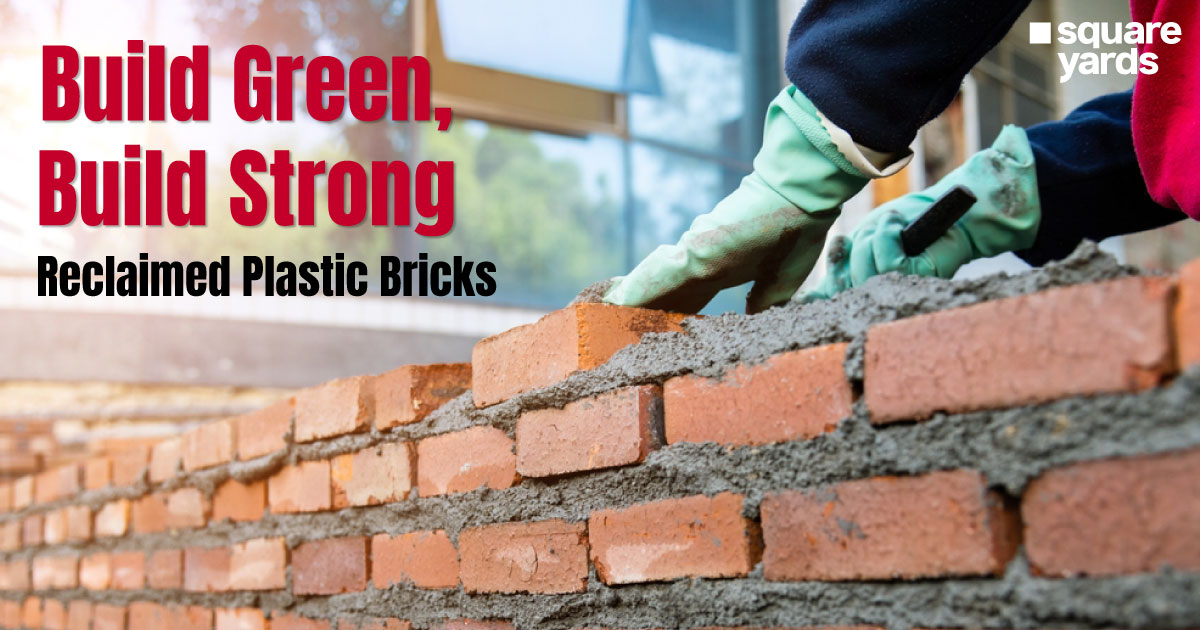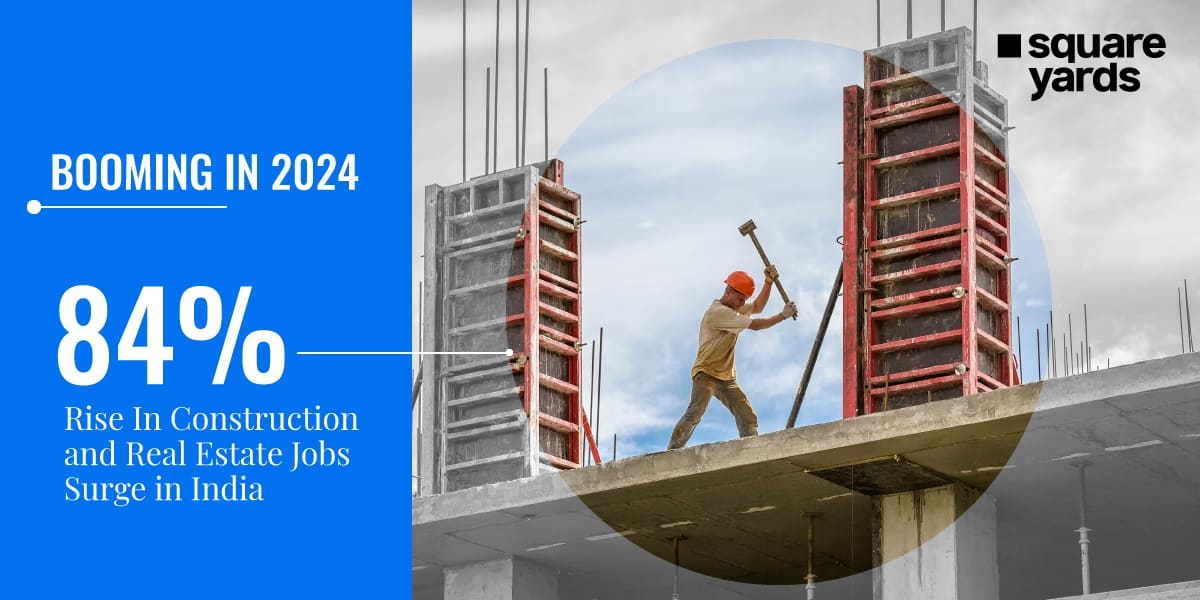India’s Steel Sector Faces Significant Challenges in Decarbonization
India’s steel sector, responsible for 12% of the nation’s global emissions, is facing significant hurdles on its journey toward decarbonization. According to Neha Verma, Director at the Ministry of Steel, India emits 2.54 tons of CO2 per ton of crude steel, surpassing the global average of 1.91 tons.
The Roadmap Towards Sustainable Growth
Despite being a key industry heavily reliant on coal, the steel production sector in India is poised for rapid growth. The output is expected to rise from 170 million tons to 300 million tons by 2030. Verma emphasized that this expansion will be pursued sustainably, guided by the Ministry’s roadmap to reduce emission intensity to 2.2 tons of CO2 per ton of steel by 2030.
Short-Term and Long-Term Solutions
In the short term, a couple of strategies have the potential to significantly reduce emissions in the steel sector. Energy efficiency improvements can result in emission reductions of up to 12%. By optimizing processes and improving the energy efficiency of steel production, the sector can contribute to India’s overall emission reduction targets.
Furthermore, increased reliance on renewable energy sources can also play a vital role in decarbonizing the steel sector. By transitioning to renewable energy sources for power generation during steel production, the industry can reduce its carbon footprint and lessen its impact on the environment.
While these short-term solutions have the potential to make a notable impact, there is a need to look towards long-term solutions to achieve complete decarbonization of the steel sector. Green hydrogen and carbon capture technologies offer transformative potential. Green hydrogen can serve as a key clean fuel for steel production and has the advantage of producing zero direct emissions when used as a fuel. On the other hand, carbon capture allows for the capture and storage of CO2 emissions from the steel production process.
Overcoming Challenges for a Clean Future
However, the adoption of long-term solutions such as green hydrogen and carbon capture is not without challenges. One significant challenge is the high costs associated with implementing these technologies on a large scale. Investments need to be made in research and development, infrastructure, and technology to overcome cost barriers.
Additionally, as these technologies are relatively new, there is a need for effective technology adoption and integration. Smooth implementation at a large scale would require extensive research, pilot projects, and collaboration among stakeholders.
The Way Forward
The steel sector in India plays a vital role in the economy, but it also contributes significantly to carbon emissions. With the industry expected to undergo rapid growth in the coming years, it is crucial to place emphasis on decarbonization efforts.
The Ministry of Steel’s roadmap, focusing on reducing emission intensity, is a step in the right direction. Short-term strategies, such as increasing energy efficiency and reliance on renewable energy, can deliver immediate results. However, in the long run, embracing technologies like green hydrogen and carbon capture will be crucial to achieving complete decarbonization.
While challenges such as high costs and technology integration exist, with proper investments, collaborative efforts, and government support, the steel sector in India can pave the way for a cleaner and more sustainable future.






















